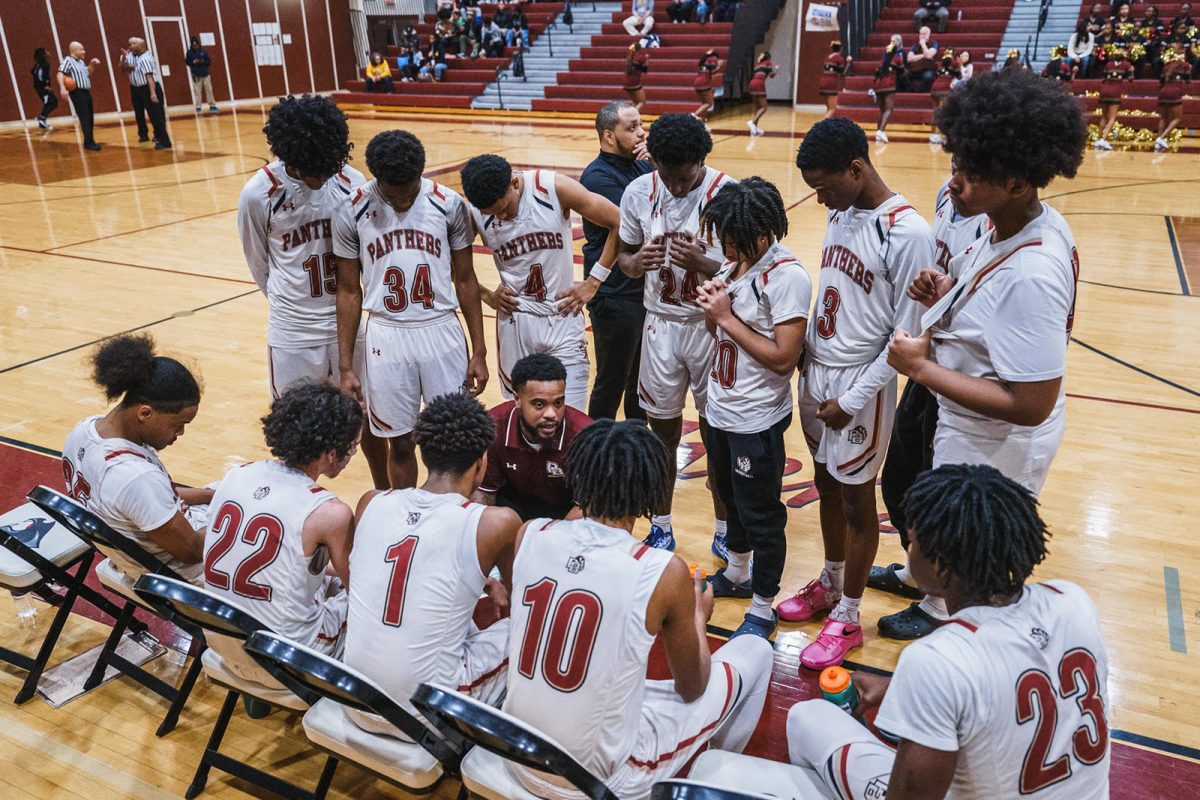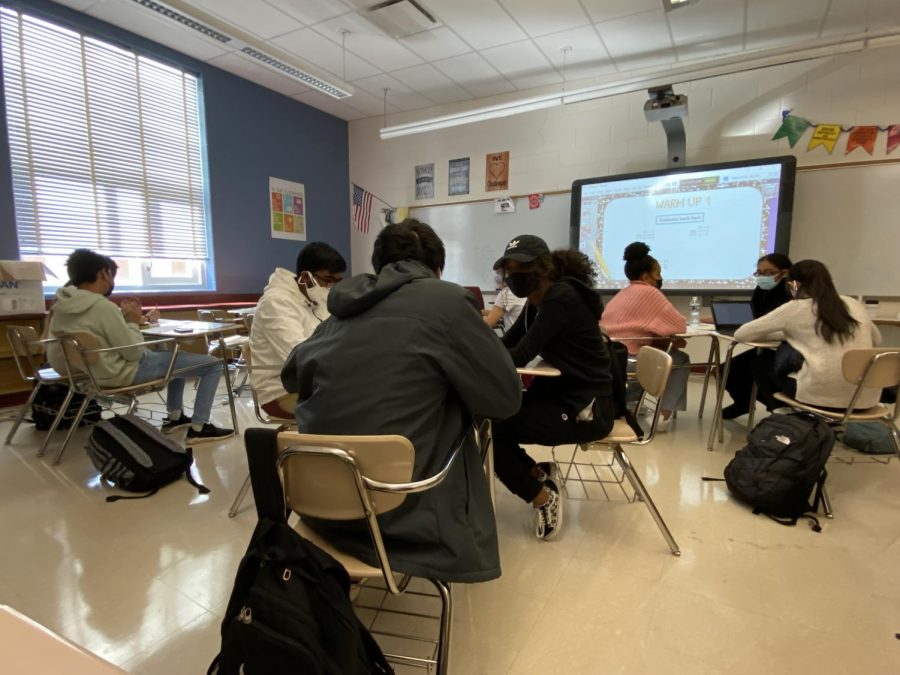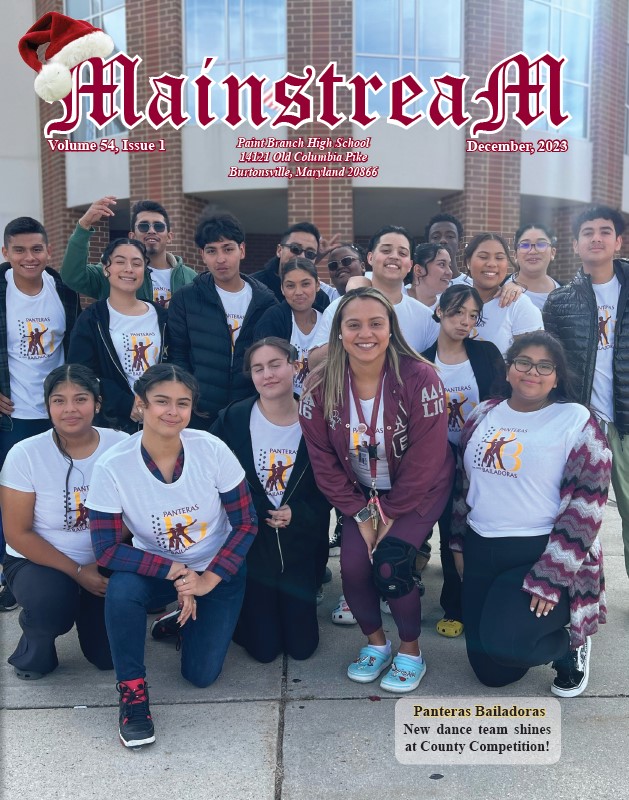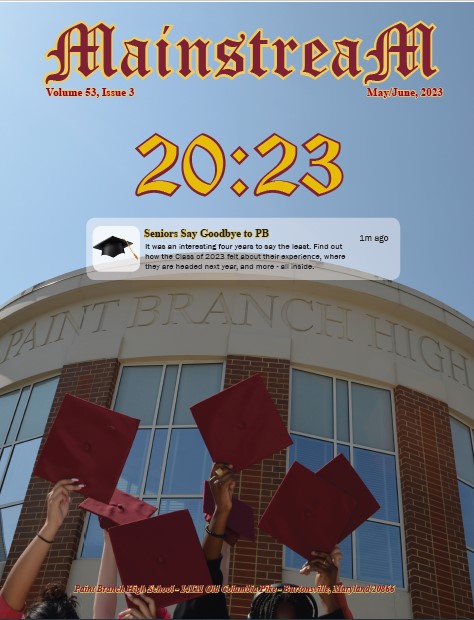Time to Bring in Block Schedules
November 10, 2018
It’s getting late on a school night and you have homework for five classes. One of the homework assignments is a packet. For another class you have to study the notes you took in class, and review the homework because you have a quiz tomorrow. Another class has an essay due in two days, so you have to spend some time preparing that. Each class meets the next day, so you need to get it done.
Students find themselves in this situation or situations like it quite frequently. They have multiple homework assignments that are all lengthy, which leaves them with little time to get needed rest. A good solution for this – the overwhelming feeling of homework – is a block schedule. The Glossary of Education Reform states, “A block schedule is a system for scheduling the middle- or high-school day, typically by replacing a more traditional schedule of six or seven 40–50 minute daily periods with longer class periods that meet fewer times each day and week.” It reduces stress for students, in part, because it releases them from the stress of having to turn in work the next day for a class that just met.
According to the National Education Association, block schedules have advantages for students. “Students have more time for reflection and less information to process over the course of a school day,” states the report. The NEA’s research also shows that students receive more individualized instruction from their teachers because teachers have fewer students to attend to.
Block schedules not only affect students, but teachers as well. According to New Visions for Public Schools, research shows that “block scheduling has strong benefits in terms of higher GPAs, lower failure rates, and lower dropout rates.”
I’ve experienced a block schedule, and I had a positive experience with it. I felt like more of my work was done in class, I had fewer missing assignments, and homework could be done in class. One aspect of the block that I liked was that sometimes instructional time did not last the the full time so missing work and made up in class, and at timeshomework could be started or even finished.
Homework is not the only issue that benefits from a block schedule, though. Having a block schedule means having time to study from a textbook, time to look at notes or past homework, time to review or meet with a teacher. When it comes to an AP class, not meeting every day means that students have time to digest and review the information needed for them to succeed in that challenging AP class. An extra day off from that class or those classes can come in handy.
Of course, AP students are not the only ones who benefit from block schedule. Another group who really benefits are student athletes. With the exception of the small amount of students with jobs, student athletes, arguably, have the least amount of time to complete work at home. They can get home as late as 8 PM after games or practices, which leaves little time for homework and sleep. . With only three classes meeting on a block day, that student has less work to complete at home on a given night, which is helpful for a person who is physically exhausted.
Speaking of students with after school jobs, they generally get home later than kids who play a sport. This speaks more to juniors and seniors since they are eligible to work, but those are key years when academic performance really matters. The shift a student has at work will eventually take a toll on their body and gives them less energy to do homework. For some students, jobs are something their parents require them to do in order for them to help support the household or support themselves for personal purchases like prom, senior unity day, field trips, or car payments. Block schedules are a must.










































